Probably due to the fact that I’m a child of the 90’s, I’m beginning to develop a deep nostalgia for lo-fi digital images and video. My first true digital camera was a keychain camera I bought at Walgreens for $20 when I was 16. It produced the tiniest and dreamiest pixelated images–almost painterly in quality–and It was pure magic.
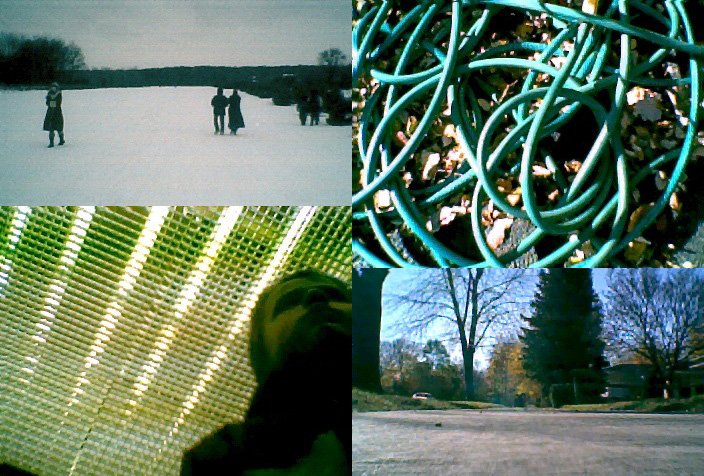
I wrote about my obsession with these types of cameras years ago here but I’ve since almost entirely lost interest and focused on more professional quality gear; that is until a couple of months ago, when I finally bought a camera I’ve been eyeing online for years: the Digital Harinezumi.
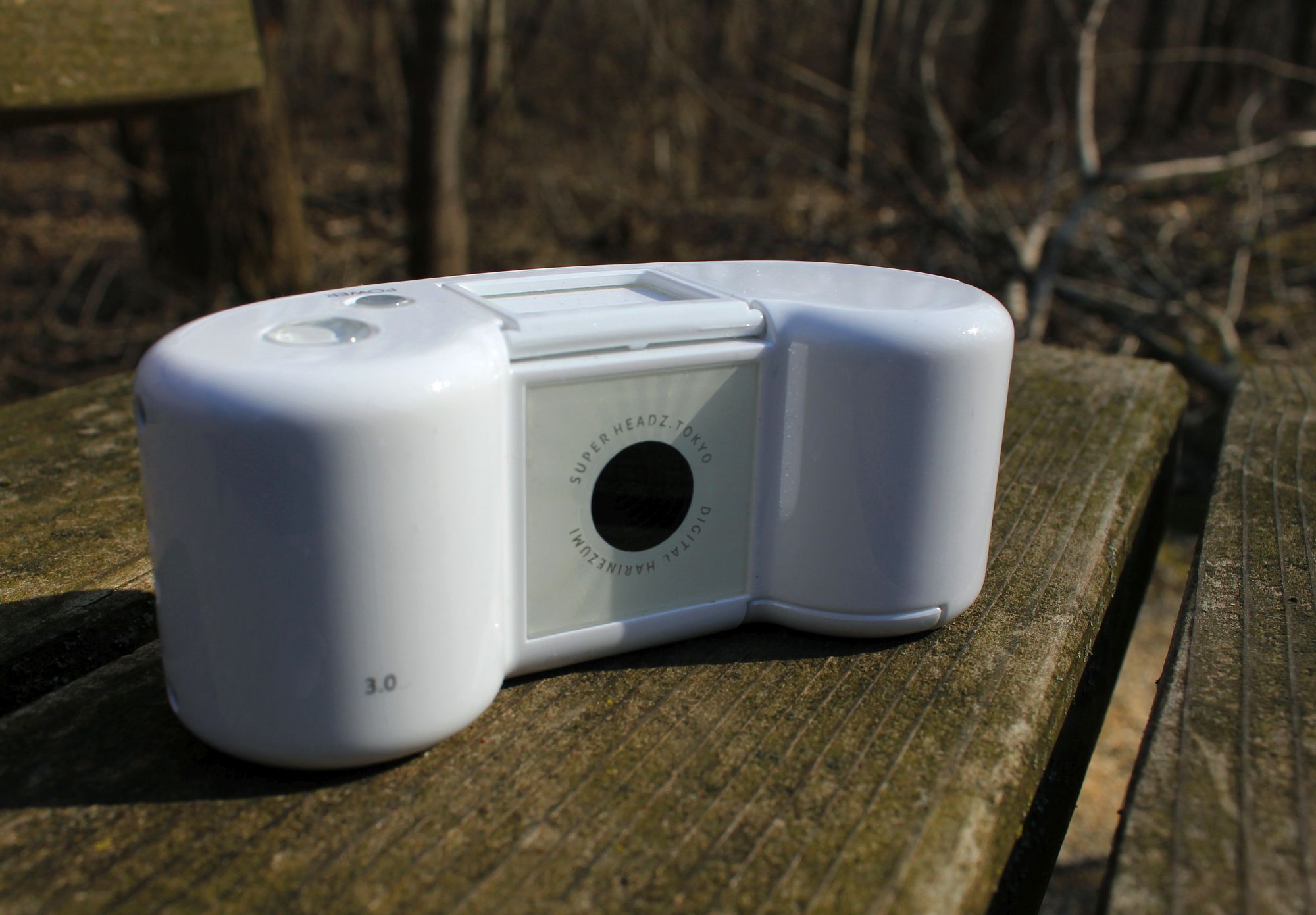
The Digital Harinezumi, or Digital Hedgehog if you speak Japanese, is an extremely niche lo-fi digital camera made by Chinon or Superheadz or Powershovel–the internet is unclear. The camera is shaped like an old 126 film cartridge and has a tiny pinprick lens and a sensor that is clearly a leftover from the early generation of camera phones. The Harinezumi shoots SD video and low resolution stills that are over-saturated and pixel-y. It also has a macro switch on the bottom for super close-up shooting.
After the description above you’d think no one in their right mind would ever want a camera like this, but you’d be wrong. Something in the cheap, screwed up codec and color science of the Harinezumi manages to produce magical lo-fi imagery akin to the look of super 8 film. It’s hard to describe, but even great filmmakers like Terence Malick have used it to great affect, like in the opening of his To The Wonder.
Here are my first two attempts at shooting with my new Harinezumi. One is a short essay documenting a trip I went on with my family to Michigan, and the other an experimental film about faces for which I utilized the camera’s macro mode. You can watch both below.
I’ve also shot a couple stills with the Harinezumi, and I especially love the effect I can get when shooting far away subjects in macro mode.
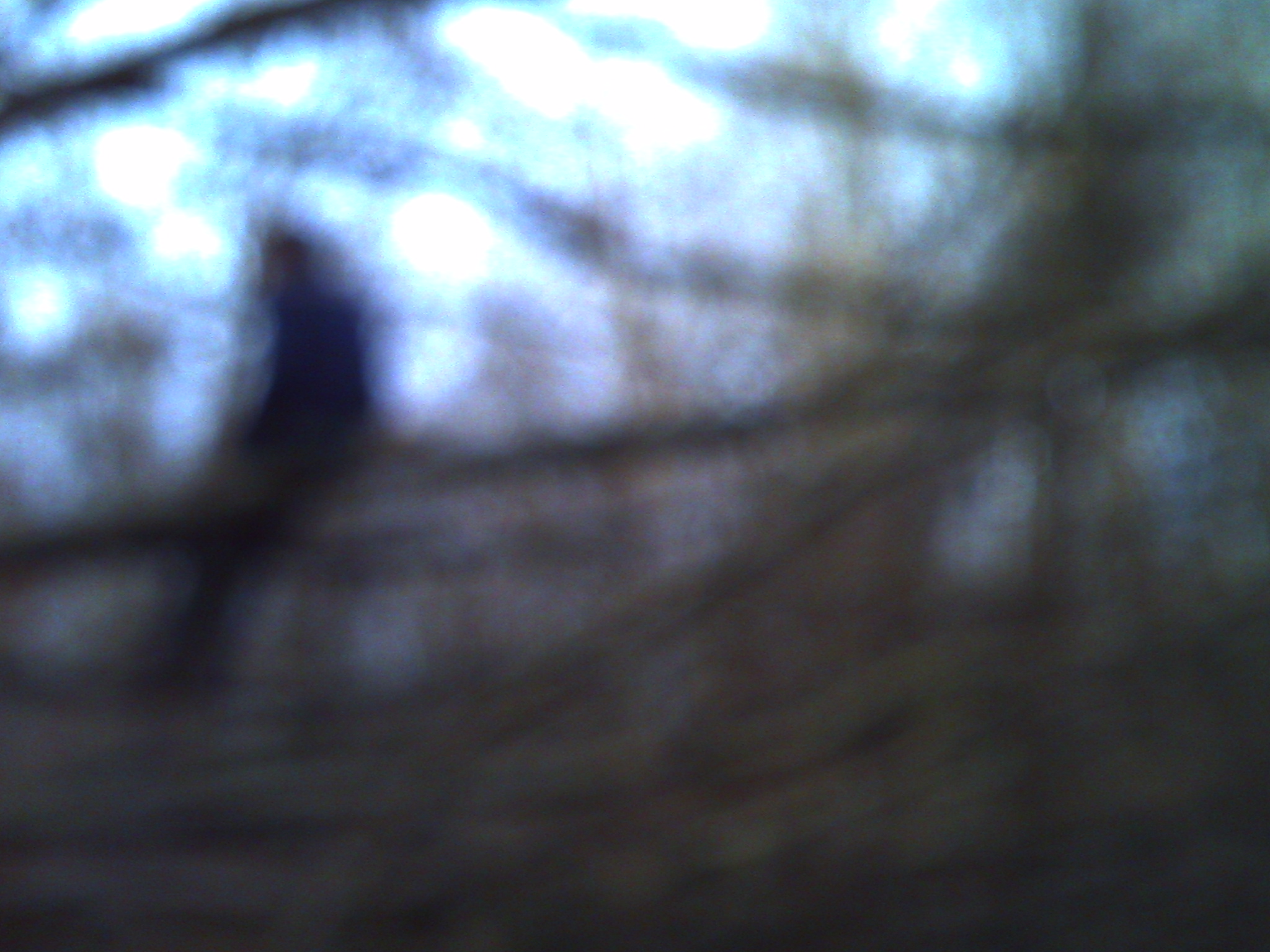
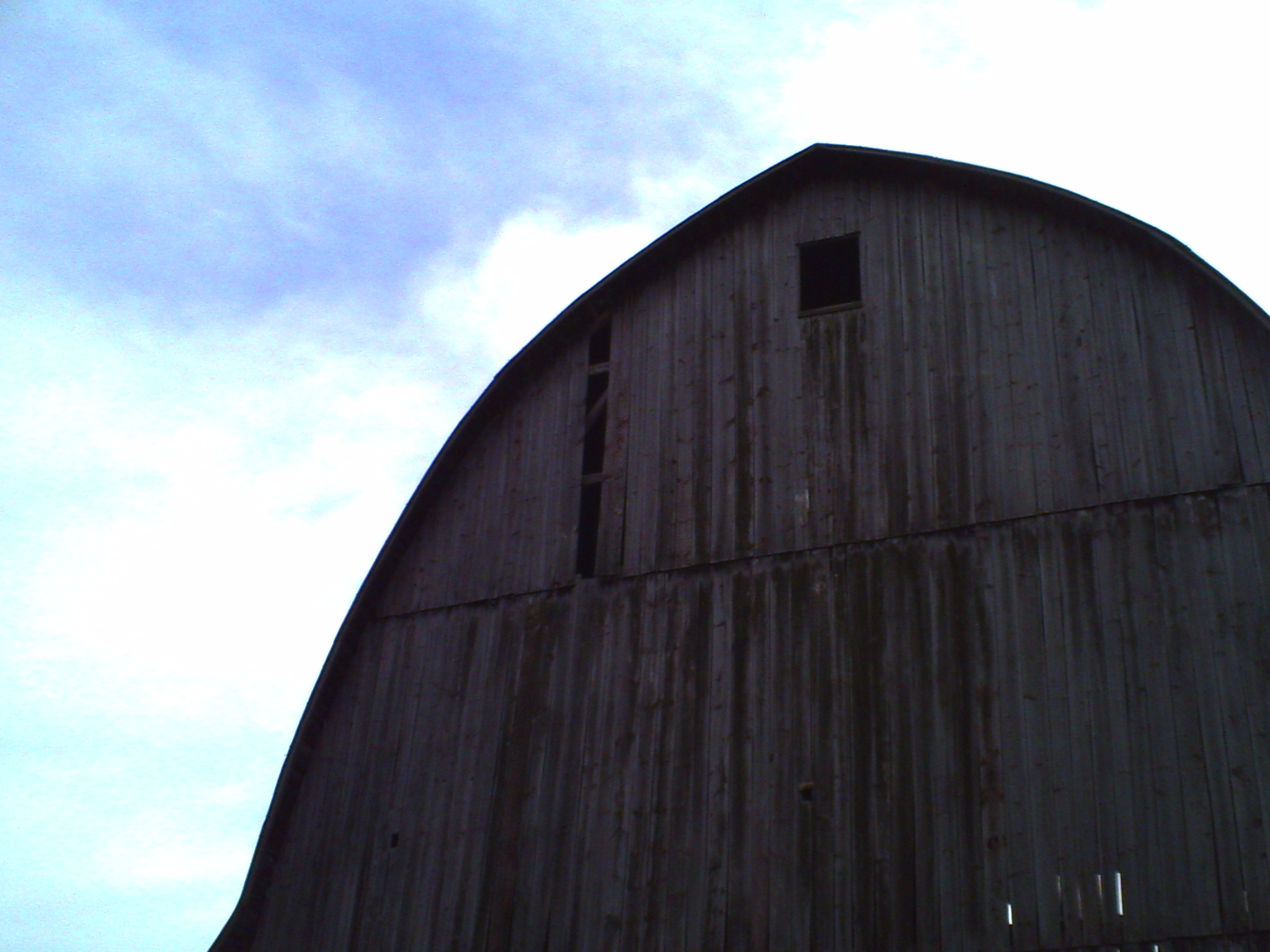
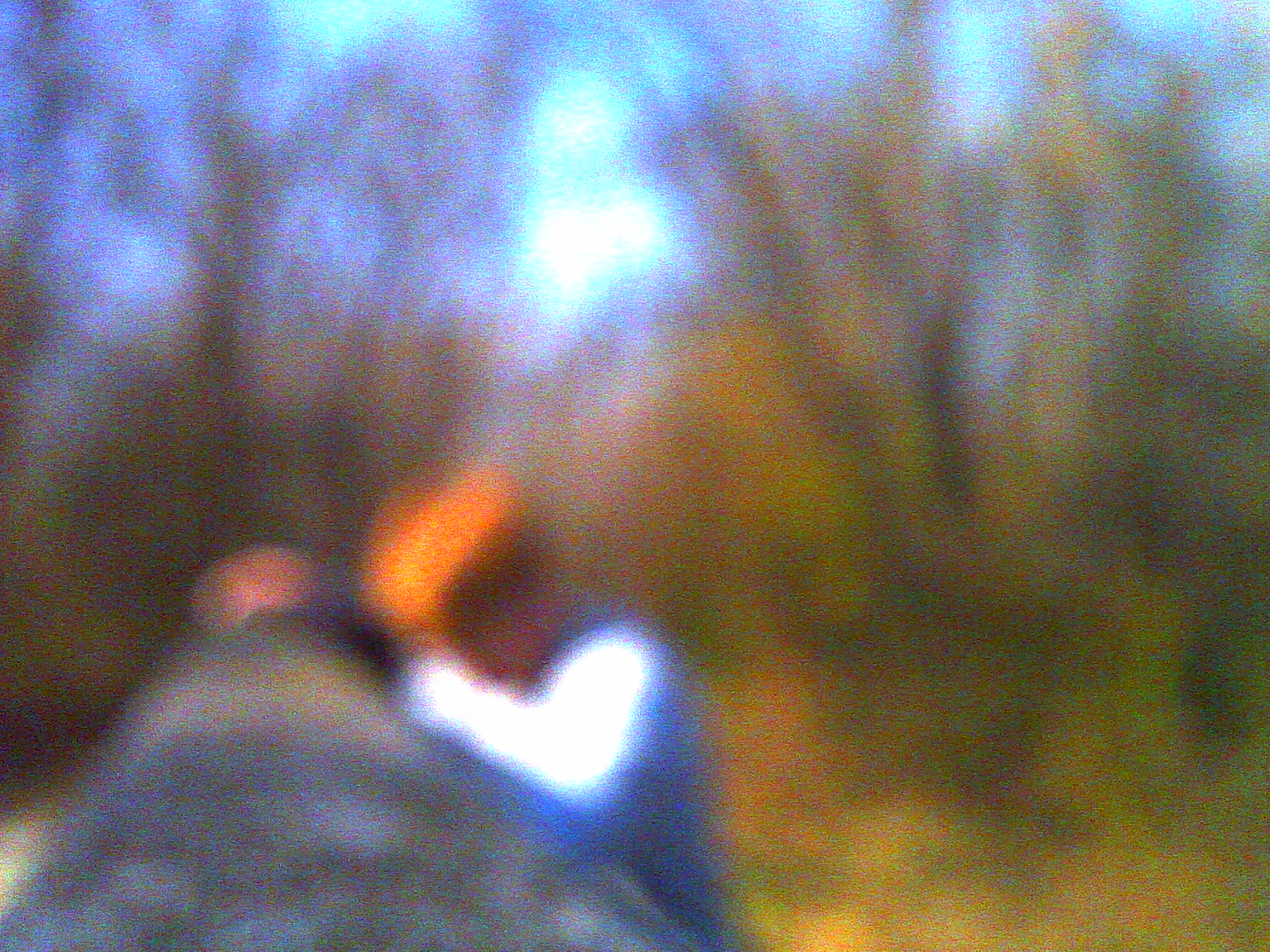
At the end of the day the Harinezumi is an extremely limited little camera. It can really only do one thing well, but it does that thing very well. I probably won’t use it in my filmmaking very often, but it’s a great stylistic tool to have in reserve.
